This morning (October 27), Japanese voters began voting for 465 seats in the lower house, with many reports suggesting that the ruling party may face a major challenge.
The election will elect 465 seats in the lower house from more than 1,300 candidates. Attention is focused on whether Japan's ruling Liberal Democratic Party (LDP) will maintain its majority in the lower house, with media surveys indicating that the LDP-Komeito coalition faces many obstacles, according to Kyodo News.
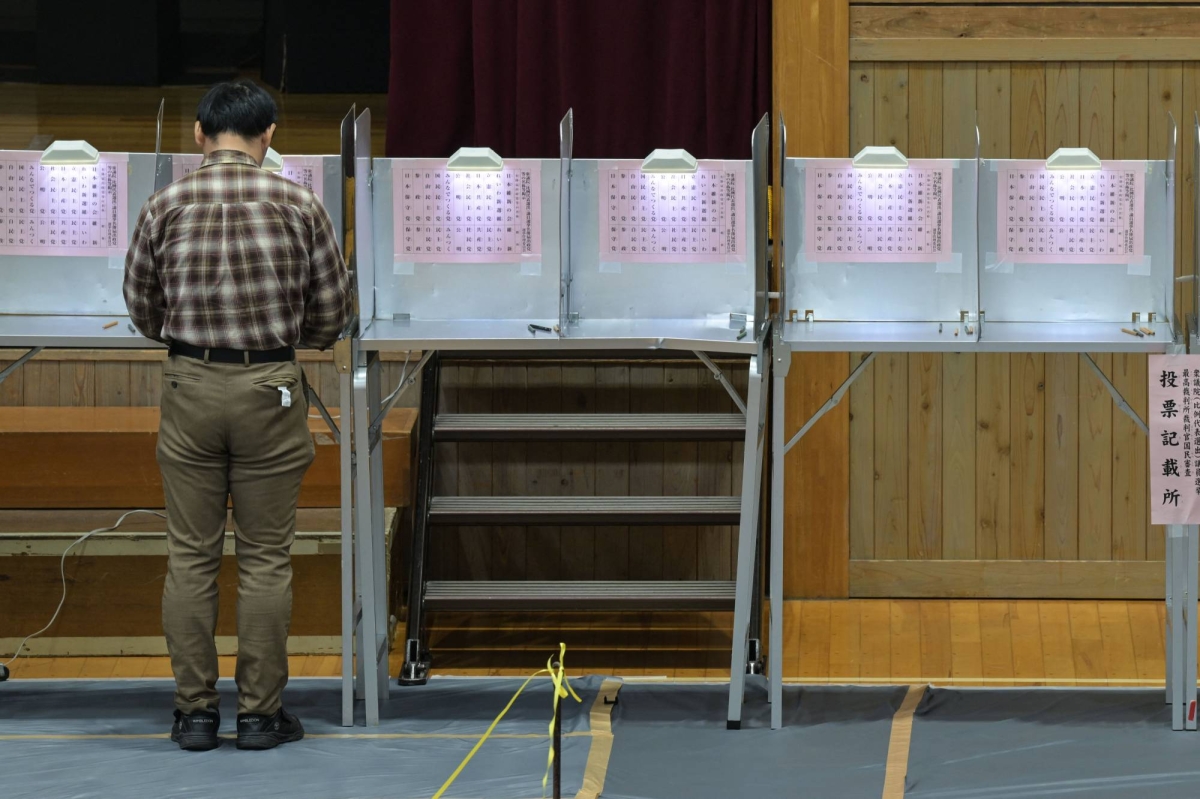
Japanese voters cast their ballots in Tokyo on October 27.
The general election comes after new Japanese Prime Minister Ishiba Shigeru announced the dissolution of the lower house of parliament on October 9 and called for a snap election. Mr. Ishiba affirmed that he would restore public confidence in politics and push through important policies.
Of the 465 seats, voters will cast their votes directly for 289 candidates. The remaining 176 seats will be divided into 11 proportional constituencies and voters will vote for the party they support.
A party or coalition would need to win at least 233 seats to gain a majority. Before the dissolution of the lower house, the LDP-led coalition had won 288 seats.
For the LDP, the challenge comes from regaining public trust after an internal party funding scandal in late 2023.
In addition, in the final days of this year's election campaign, the LDP has come under further criticism. Kyodo News reported on October 24 that the LDP was found to have transferred election support money to several local branches, led by people involved in the political funding scandal and not officially supported by the party. LDP Secretary General Moriyama Hiroshi said that the money was not sent for election purposes but as part of the local branch's operating expenses, thereby expanding the party's power.
Japanese political experts say that while it is not wrong to support local branches legally, it could affect voters' perception that the LDP is secretly supporting those involved in the scandal.
The Japan Times reported on October 27 that Prime Minister Ishiba Shigeru has stepped up his campaigning efforts in the final stages of his term, aiming to convince the public that the LDP is still a reliable choice to lead the country.
"We cannot let the country fall into the hands of an opposition that cannot tell voters how it will act on issues such as the economy, the Constitution or social security," Shigeru said during a stop in Tokyo on October 26.
Meanwhile, the opposition Constitutional Democratic Party (CDP) has a great chance to increase its number of seats in the lower house and replace the ruling party. The CDP has been strongly critical of the LDP over the ruling party's handling of the political funding scandal. CDP leader Yoshihiko Noda has repeatedly said that preventing the ruling coalition from winning a majority could bring momentum to Japan's political landscape.
Results are expected to be announced on October 28.
Source: https://thanhnien.vn/nhat-ban-hom-nay-tong-tuyen-cu-ldp-cam-quyen-lieu-co-duy-tri-the-da-so-185241027080542981.htm



![[Photo] General Secretary To Lam receives King Philippe of Belgium](https://vstatic.vietnam.vn/vietnam/resource/IMAGE/2025/4/1/e5963137a0c9428dabb93bdb34b86d7c)
![[Photo] President Luong Cuong and King Philippe of Belgium visit Thang Long Imperial Citadel](https://vstatic.vietnam.vn/vietnam/resource/IMAGE/2025/4/1/cb080a6652f84a1291edc3d2ee50f631)
![[Photo] Prime Minister Pham Minh Chinh meets with King Philippe of Belgium](https://vstatic.vietnam.vn/vietnam/resource/IMAGE/2025/4/1/be2f9ad3b17843b9b8f8dee6f2d227e7)
![[Photo] Close-up of Vietnam's sniffer dog team searching for earthquake victims in Myanmar](https://vstatic.vietnam.vn/vietnam/resource/IMAGE/2025/4/1/d4949a0510ba40af93a15359b5450df2)






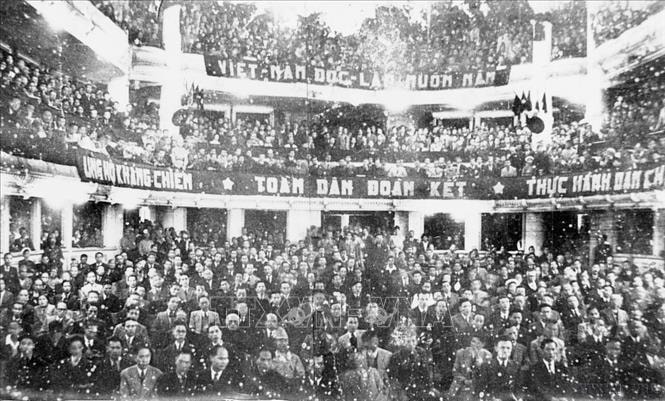
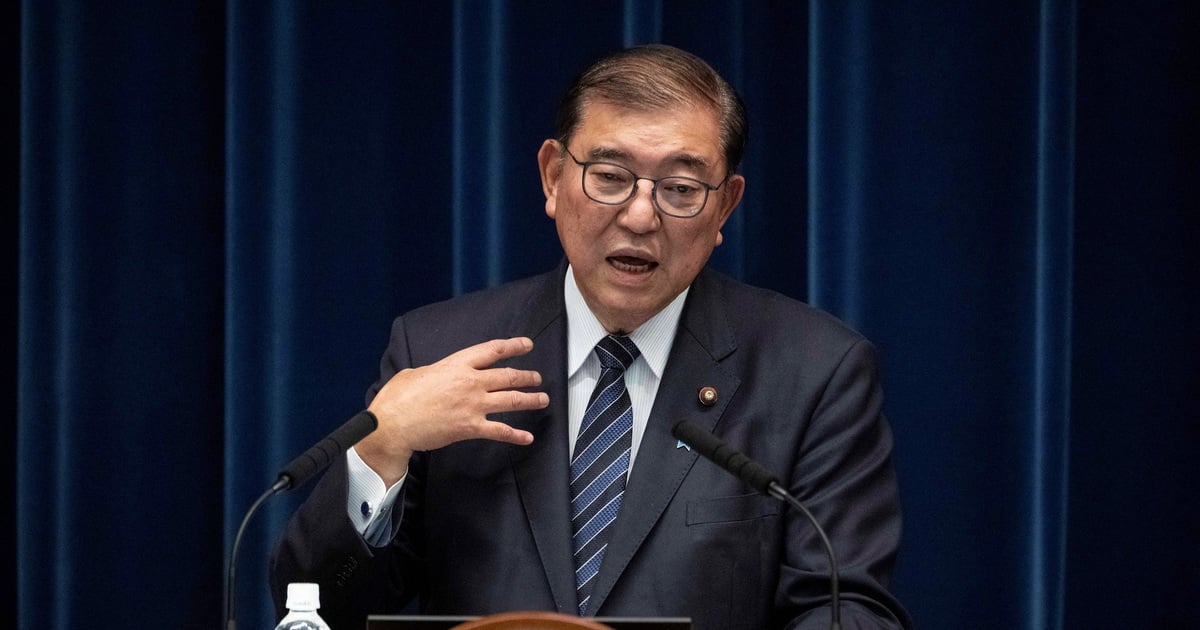





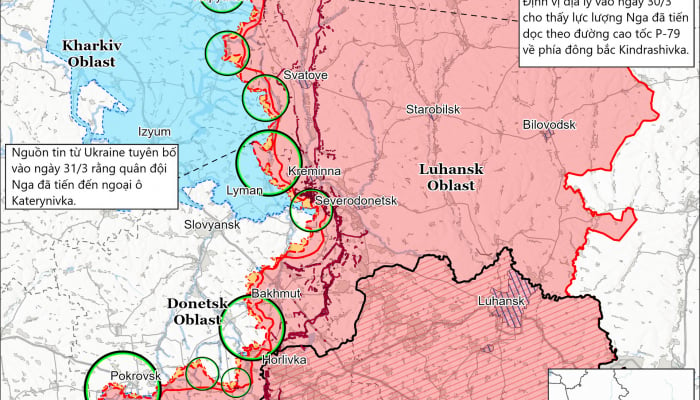
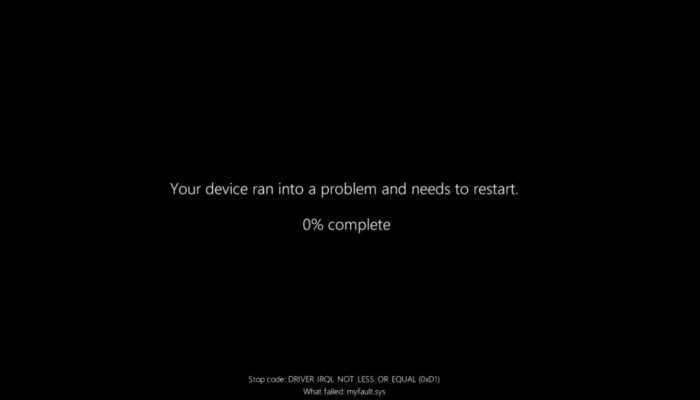










![[Photo] Myanmar's capital in disarray after the great earthquake](https://vstatic.vietnam.vn/vietnam/resource/IMAGE/2025/4/1/7719e43b61ba40f3ac17f5c3c1f03720)

















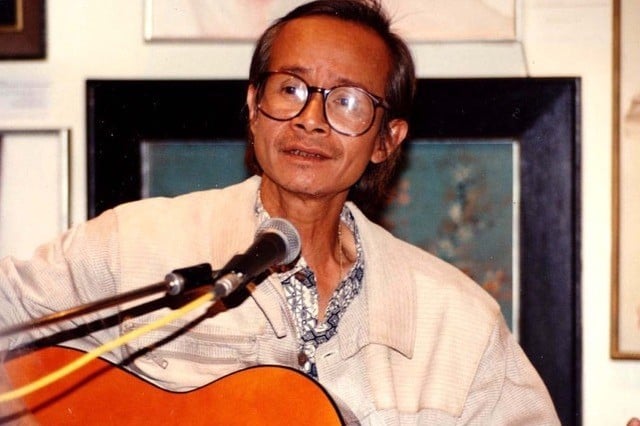












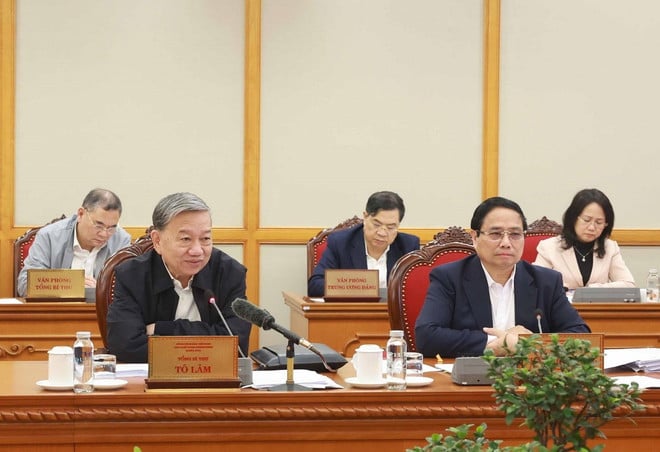

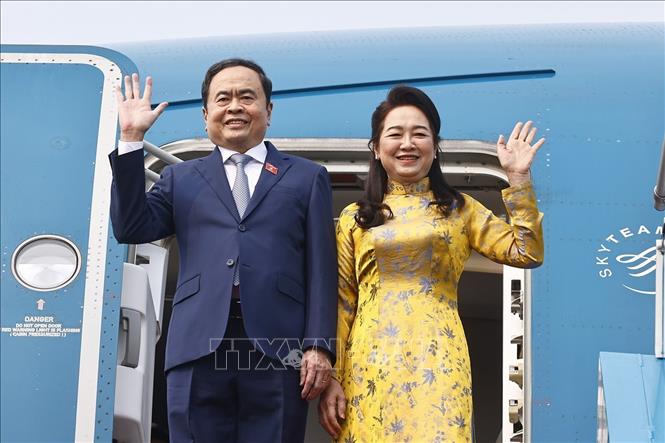















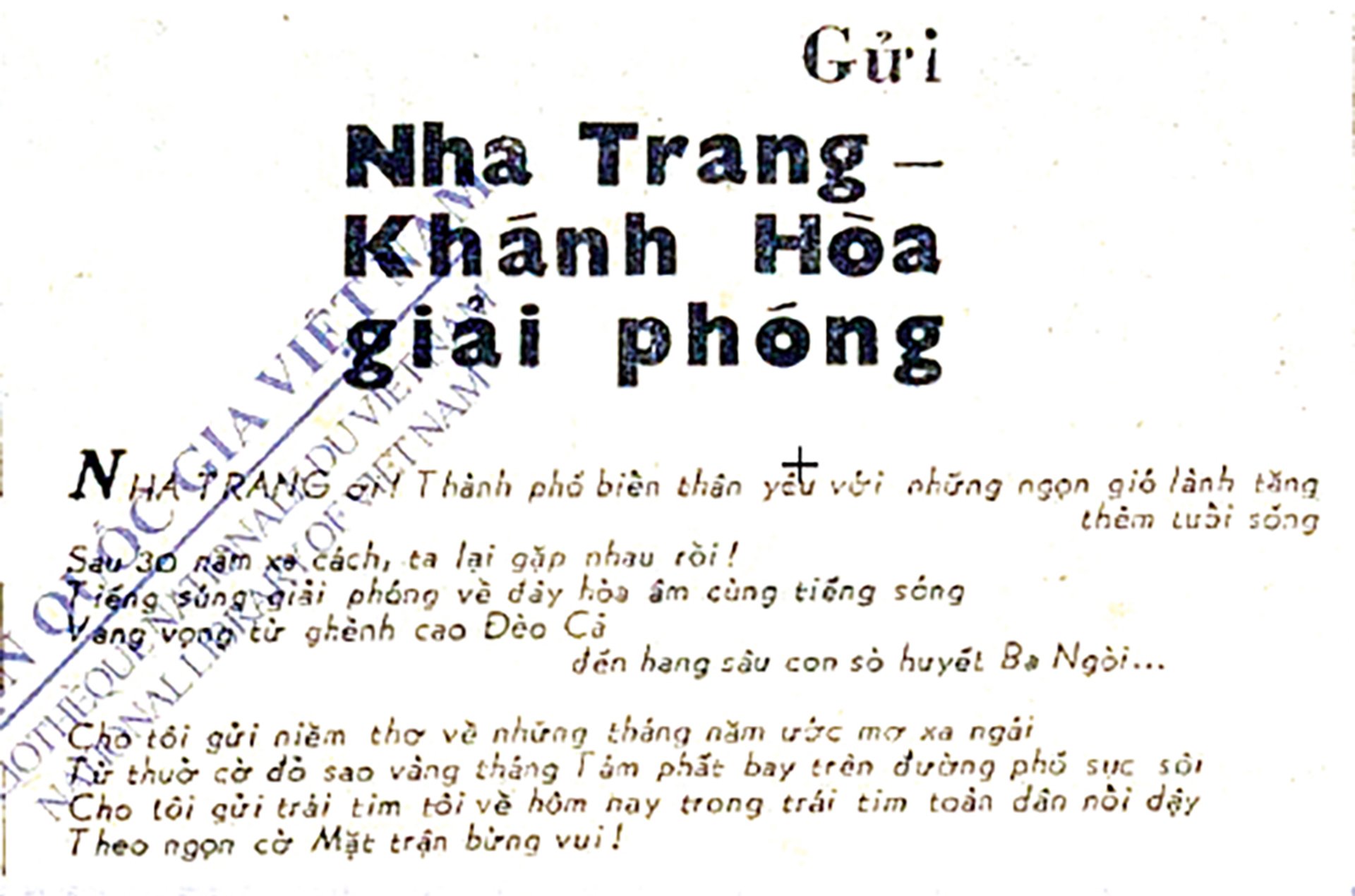









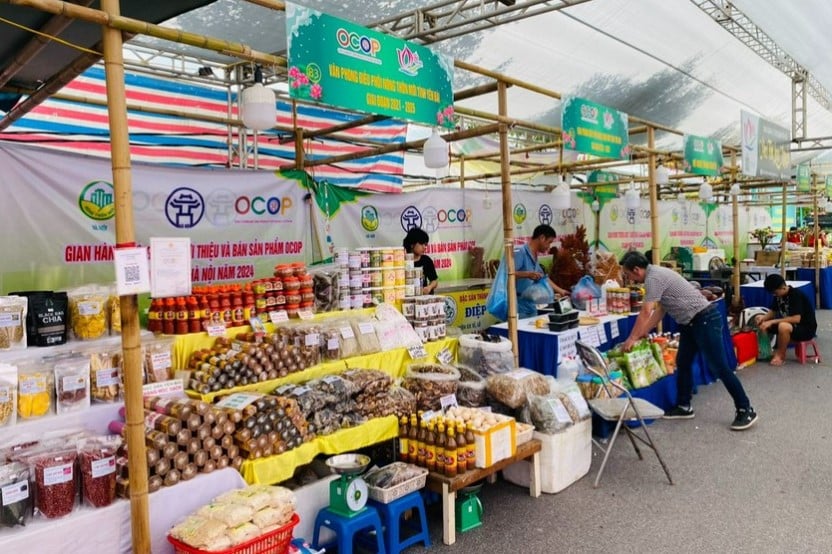
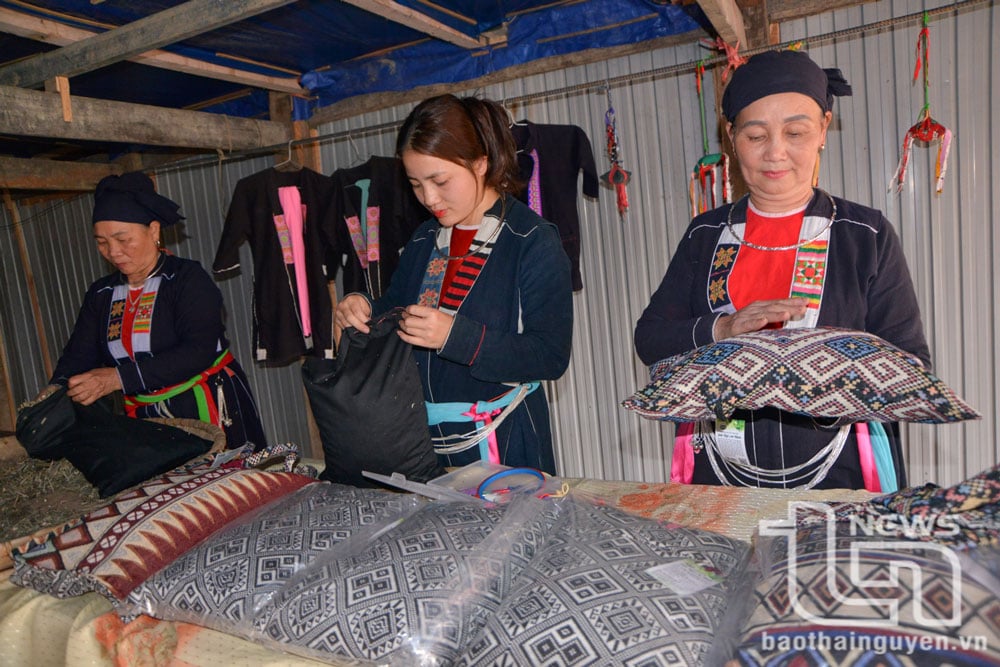



Comment (0)